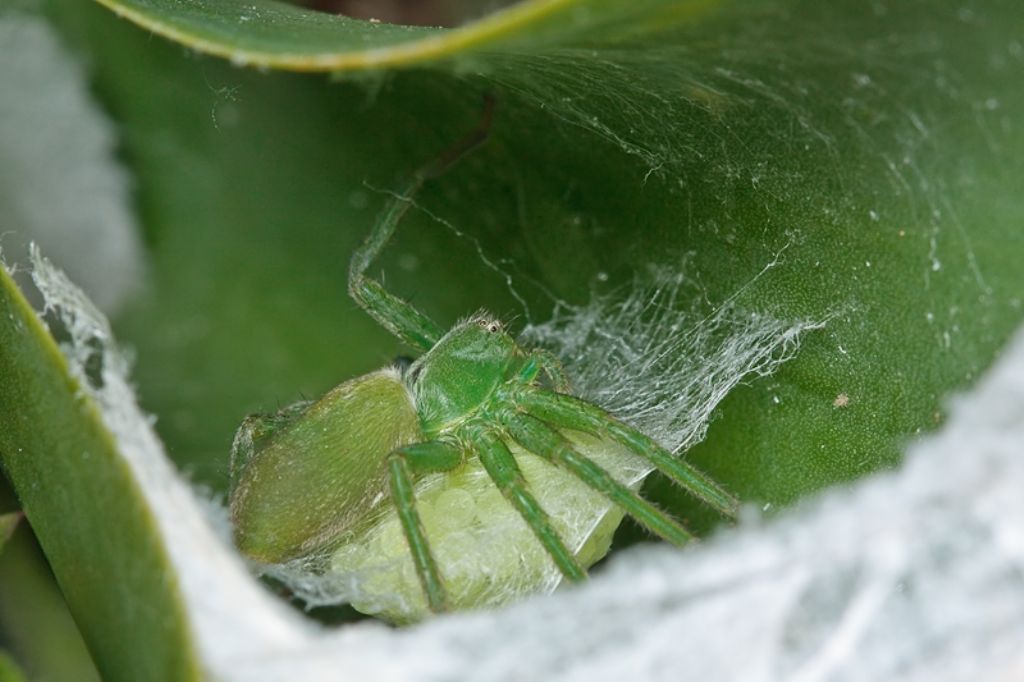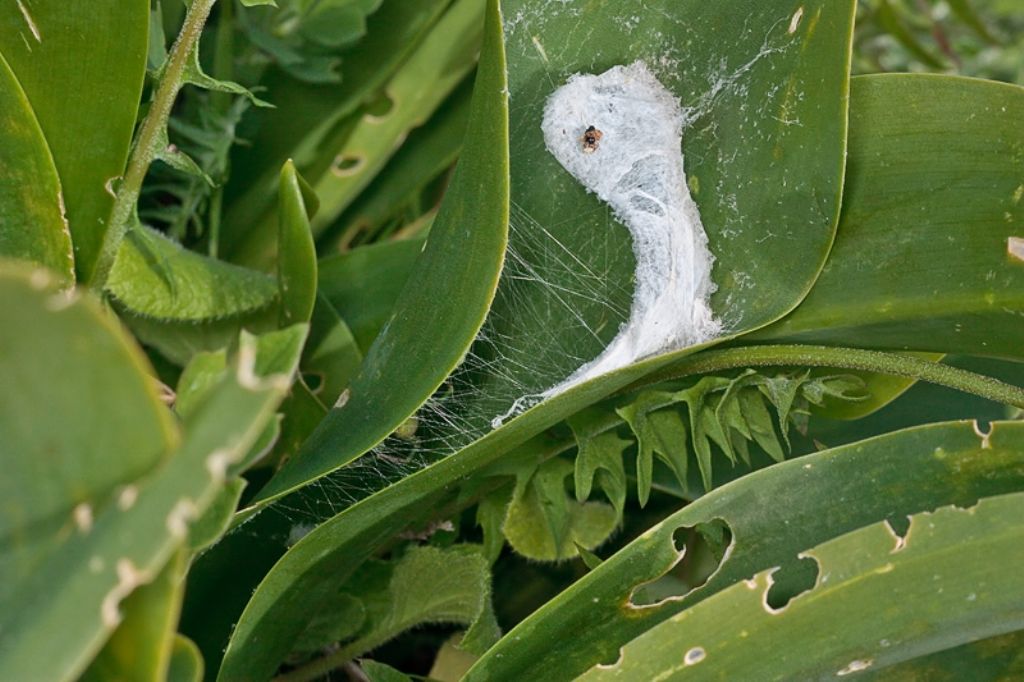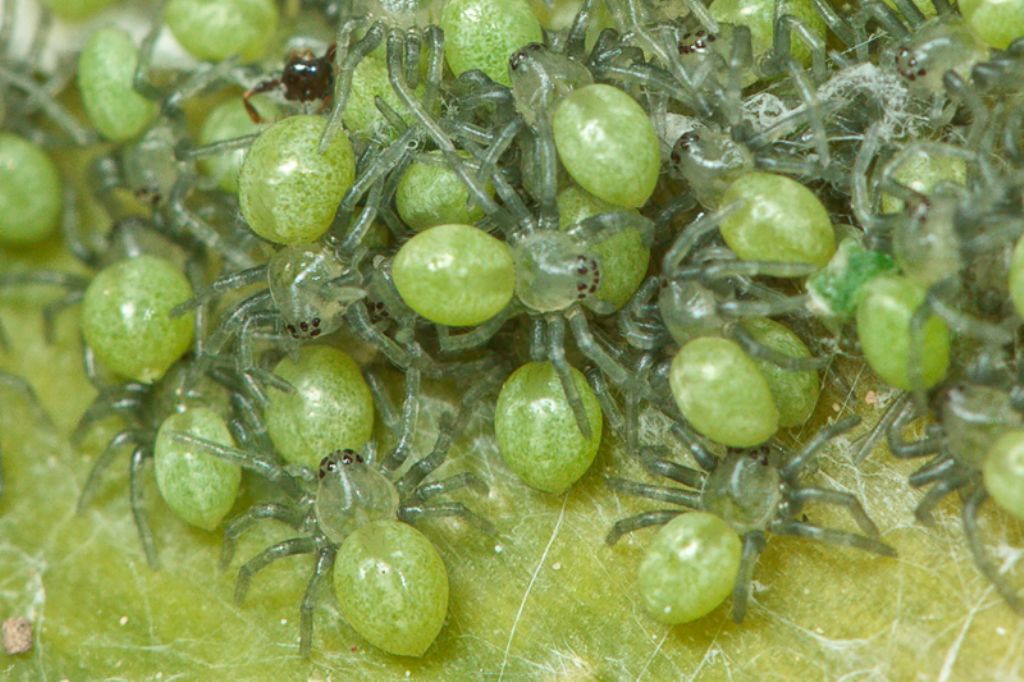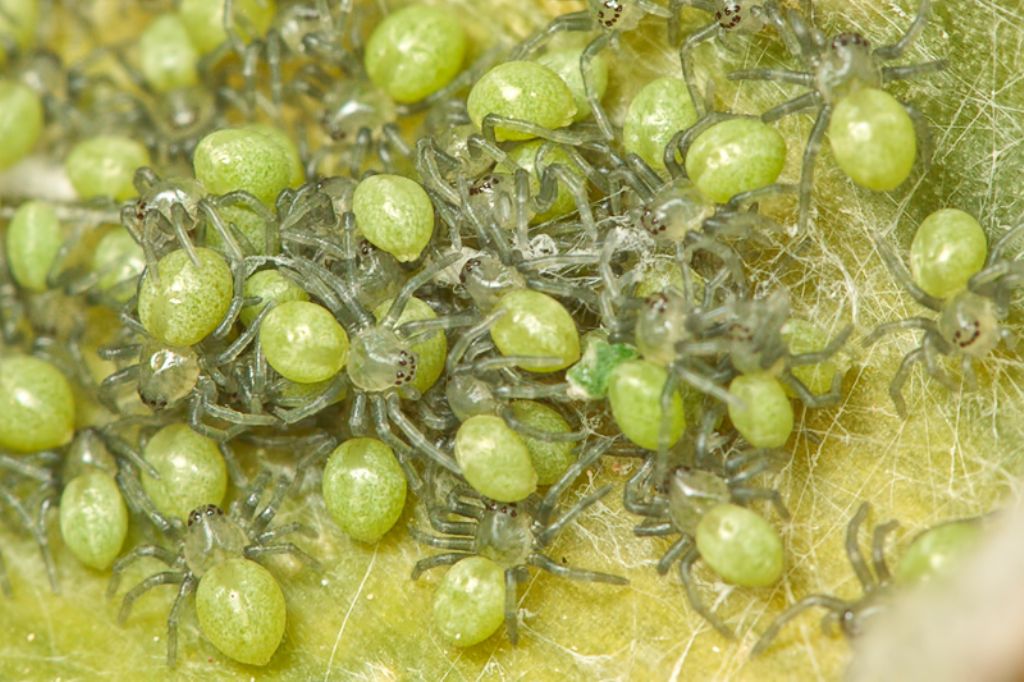| Autore |
 Discussione Discussione  |
|
|
xilpa
Utente Senior
   

Città: Malta

1461 Messaggi
Flora e Fauna |
|
|
xilpa
Utente Senior
   

Città: Malta

1461 Messaggi
Flora e Fauna |
 Inserito il - 19 febbraio 2013 : 18:11:48 Inserito il - 19 febbraio 2013 : 18:11:48


|
2
Immagine:

80,49 KB |
Photos: Link
http:Link
|
 |
|
|
xilpa
Utente Senior
   

Città: Malta

1461 Messaggi
Flora e Fauna |
 Inserito il - 19 febbraio 2013 : 18:12:20 Inserito il - 19 febbraio 2013 : 18:12:20


|
3
Immagine:

108,06 KB |
Photos: Link
http:Link
|
 |
|
|
elleelle
Moderatore Trasversale
    
Città: roma
Regione: Lazio

32995 Messaggi
Flora e Fauna |
 Inserito il - 19 febbraio 2013 : 19:32:17 Inserito il - 19 febbraio 2013 : 19:32:17


|
First, can you tell us when you took the Photo?
May be last May?
I don't know much about parental cares. I suppose that the female remains with the slings until they slough and then they disperse around.
She does not feed in the while and she dies little later.
 luigi luigi
|
 |
|
|
xilpa
Utente Senior
   

Città: Malta

1461 Messaggi
Flora e Fauna |
 Inserito il - 19 febbraio 2013 : 20:23:15 Inserito il - 19 febbraio 2013 : 20:23:15


|
Many thanks Luigi and I apologise for not including the date. These photos were shot this morning.
Regards. |
Photos: Link
http:Link
|
 |
|
|
Pepsis
Moderatore
    
Città: Roma

5036 Messaggi
Flora e Fauna |
 Inserito il - 19 febbraio 2013 : 20:33:37 Inserito il - 19 febbraio 2013 : 20:33:37


|
Well that is interesting since Micrommata spp. usually reproduce and lay eggsacs in late spring. However, things could definitely be different in Malta with the very different climate and seasonality, and life cycles can shift quite substantially (similiar to what happens in Sardinia or Sicily).
Anyways, these eggs will hatch in approximately 1 month or less, depending on when she actually laid them. The hatched spiderlings will be in an immobile postembryionic stage and the mother will remain closed in the silken chamber with them. After 1 week or so these postembryos will molt into 2nd instar, active and mobile nymphs that will disperse and start feeding.
The mother doesnt necessarily die after this period and may continue to live and feed for some more time. She generally doesn't feed while sealed with the eggs in the silken chamber because prey just cannot get to her (she does feed if prey is artificially offered). |
|
 |
|
|
xilpa
Utente Senior
   

Città: Malta

1461 Messaggi
Flora e Fauna |
 Inserito il - 19 febbraio 2013 : 22:11:44 Inserito il - 19 febbraio 2013 : 22:11:44


|
| Many thanks for a wonderful explanation Alessandro. |
Photos: Link
http:Link
|
 |
|
|
xilpa
Utente Senior
   

Città: Malta

1461 Messaggi
Flora e Fauna |
 Inserito il - 27 marzo 2013 : 18:26:41 Inserito il - 27 marzo 2013 : 18:26:41


|
The eggs haved hatched.
Immagine:

120,26 KB |
Photos: Link
http:Link
|
 |
|
|
xilpa
Utente Senior
   

Città: Malta

1461 Messaggi
Flora e Fauna |
 Inserito il - 27 marzo 2013 : 18:27:30 Inserito il - 27 marzo 2013 : 18:27:30


|
Immagine:

126,99 KB |
Photos: Link
http:Link
|
 |
|
|
Pepsis
Moderatore
    
Città: Roma

5036 Messaggi
Flora e Fauna |
 Inserito il - 28 marzo 2013 : 15:54:01 Inserito il - 28 marzo 2013 : 15:54:01


|
Very nice pictures. They are still post-embryos, a pre-nymphal immobile stage. They will survive thanks to the nutrients obtained during the egg stage. In a week or so they will molt into fully functional and predacious nymphs that will disperse.  |
|
 |
|
|
xilpa
Utente Senior
   

Città: Malta

1461 Messaggi
Flora e Fauna |
 Inserito il - 28 marzo 2013 : 18:57:57 Inserito il - 28 marzo 2013 : 18:57:57


|
| Many thanks for the info, Alessandro. I shall go and visit the site again in a few days to see what progress they have made. |
Photos: Link
http:Link
|
 |
|
| |
 Discussione Discussione  |
|

 Forum
|
Registrati
|
Msg attivi
|
Msg Recenti
|
Msg Pvt
|
Utenti
|
Galleria |
Map |
Forum
|
Registrati
|
Msg attivi
|
Msg Recenti
|
Msg Pvt
|
Utenti
|
Galleria |
Map |